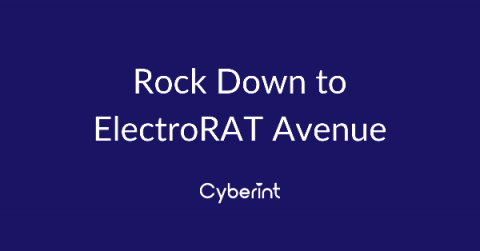Rock Down to ElectroRAT Avenue
Identified as targeting cryptocurrency users through nefarious cross-platform applications, a remote access trojan (RAT) dubbed 'ElectroRAT' has recently been in the headlines following an investigation into the threat by researchers at Intezer.







